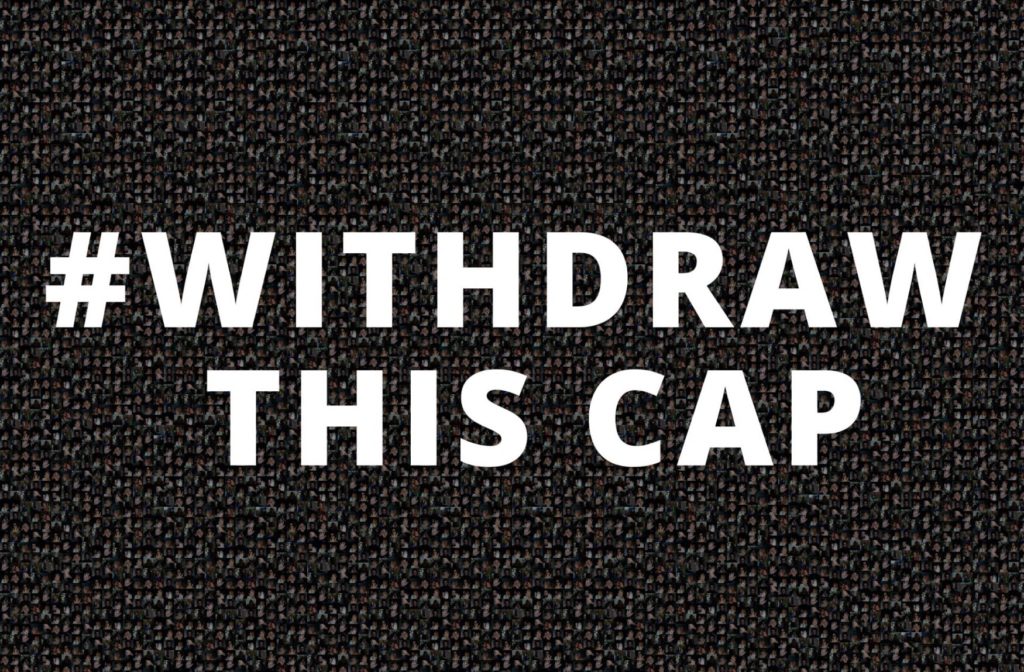
Today the EU failed to #VoteThisCAPdown and basically made their insufficient so-called climate and environmental targets impossible to reach. And no-one even knew it happened. Thanks to all lobbyists, news editors and MEPs who made this happen. We won’t forget… #WithdrawTheCAP
Dear MEPs, your vague distant climate targets will have no meaning if you fail to #VoteThisCAPdown and keep supporting the commercial lobby interests.
This is your chance to turn empty words into action. The eyes of future generations are upon you. No more excuses.#FututreOfCAP pic.twitter.com/Z60fWqnZd0— Greta Thunberg (@GretaThunberg) October 23, 2020
Today, eleven months after the European Parliament declared a climate emergency, the very same parliament voted to go ahead with an agricultural policy that — in summary — fuels ecological destruction with almost 400 billion euros. Hundreds of thousands of tweets using #VoteThisCAPdown asking the MEPs to intervene didn’t convince enough MEPs to flip this.
This was made possible thanks to countless lobbyists, but also news editors and media platforms who failed to do their job — to inform citizens about crucial events that concern them. If this does not happen, the elected officials will not be held accountable for their actions and can get away with basically anything. This is not how a democracy is supposed to work.
Are we disappointed? No. Because that would mean we were expecting a miracle. Yet this day has once again shown the size of the gap that lies between current policies and where we would need to be, in order to be in line with the Paris Agreement. And this day has shown how much it is up to the people — the people everywhere, across Europe and across the globe taking matters into their own hands. Because today, these issues are certainly not being taken care of in the way they need to be.
Hence the news today is not the outcome of this election. If anything, the majority of the members of the European Parliament have today proved that they do not understand what a climate- or ecological emergency means. Or perhaps this majority has chosen not to understand this, chosen not to face the climate emergency. Or the catastrophic loss of biodiversity. This is unfortunately nothing new, this has been going on for decades. Empty words, empty declarations, empty “deals”, empty promises followed by action leading into a completely different direction.
No, the story to tell today is a different one. This is the story of the people who have not given up. The fact this vote emerged to become a public issue, that it was discussed all over the internet, in offices and living rooms, was made possible by thousands of people who care. People who care about the future that is created by such decisions. And more than that. These people, activists, concerned citizens, scientists, professionals, mums, dads, grandparents, children. They all cared about their own role in this. They took responsibility, spoke out, got organized in times when those in power failed to live up to their promises. And this happened despite the fact that the media chose to completely ignore the story about the disastrous environmental impacts of the proposed CAP “reform”. The hope once again lies with the people.
And what’s next? Where do we go from here?
If our leaders were to adopt this version of CAP, we would have no chance of achieving the goals of the Paris Agreement. We demand our politicians to keep their promises and stop contradicting their supposed ambition with these destructive policies that have no place in our future.
But — the European Commission can still propose an alternative to this deal. The fight is not over yet.
Because the fight is only over when the people say it’s over.
It is the people who have power. In fact, every great change throughout history has come from the people. And the people will continue to demand that our leaders do not surrender on the environment, our living conditions, our food system, or our future.
We ask people to stay with us and keep pushing. We ask the ones in power to stop pretending they care — or to get going in case they mean it. And we ask the media to wake up, to rise up to their responsibility. This result happened due to the media decided to stay silent, decided not to question proposals, not to challenge leaders, not to intervene, not to inform the public. And if the media continues down this dangerous road, they will lose their credibility among countless young people. And this is something we can not allow to happen as there is no future for democracy without a strong, independent free press.
One hundred and fourteen weeks have passed since our first school strike. And it’s still up to us.
#WithdrawThisCAP
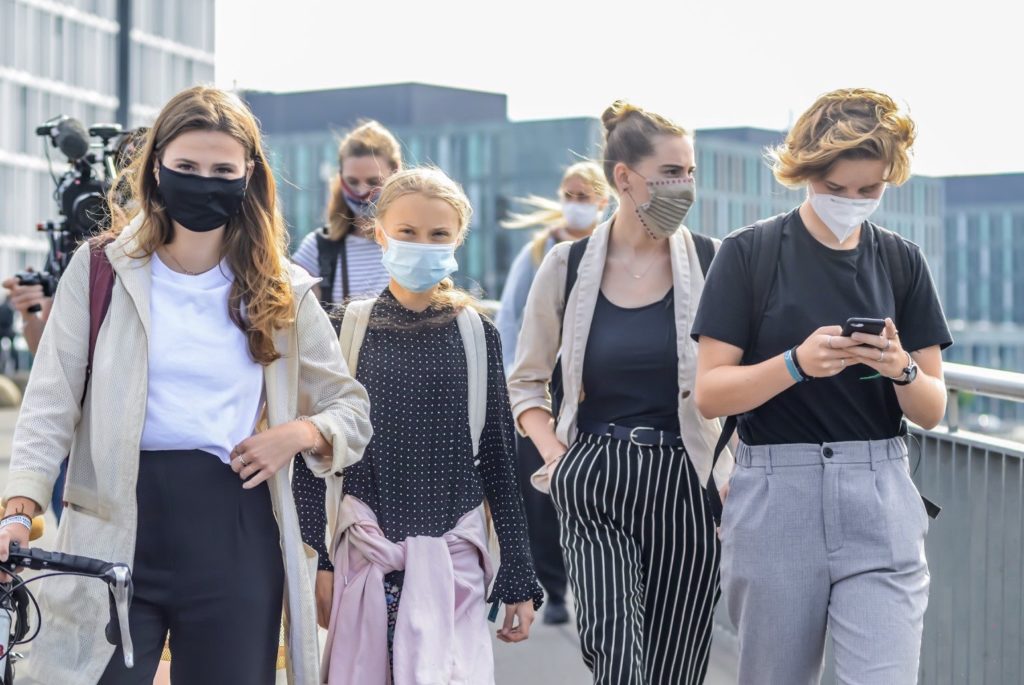
By
Luisa Neubauer, Greta Thunberg, Adélaïde Charlier, Anuna de Wever van der Heyden
”We know we’re not in line with the Paris Agreement, we never said we were. But we have to bring the public along slowly”.
Between the four of us, we have met quite a number of world leaders during the last two years and you’d probably be surprised to hear some of the things they say when the cameras and microphones are off. We could write lots of articles about this.
And trust us — we will.
One of humanity’s greatest, present threats is the belief that real sufficient climate action is being taken, that things are being taken care of — when in fact they’re not. Not at all. The time for ”little steps in the right direction” is long gone and yet this is — at best — exactly what our leaders are trying to achieve. They are literally stealing our future right in front of our eyes.
The proposed 55%, 60% or even 65% CO2 emission reduction targets for the EU by 2030 are nowhere near enough to be in line with the below 1.5°C or even the “well below 2°C” target of the Paris Agreement.
Our democracy is completely dependent on citizens being informed about issues that concern them, and it’s quite disturbing — to say the least — that this is not being accurately reported on. Especially since the climate emergency will decide the future of humankind. So here we have collected some key points that explain some of the reasons why these proposed targets are very far from enough. Please share them far and wide.
- The proposed reductions within the European Union are to be made from a 1990 baseline. As the EU has already — following a very slow emission reduction pace over the past 30 years — reduced its territorial emissions by about 23%, this means that the 55% reduction target announced by the EU commission, in fact, is a 55% minus 23% from 1990s levels reduction until 2030. Based on today’s levels, this would mean an approximate reduction of our emissions by 42%. And this obviously translates to a serious reduction in ambition. Moreover, the EU’s reductions since 1990 have — to a large extent — happened due to us exporting our factories to other parts of the world. Let’s look at Sweden as an example, where consumption index numbers are fortunately made public by the authorities. Here the CO2 emissions have been lowered by approximately 27% since 1990. But, if we include the total consumption index (imported goods manufactured outside the country) as well as international aviation and shipping (always excluded in the official international reported numbers) the increase in these three make up for ALL the lowered emissions within the Swedish borders. So in fact Sweden’s emissions have not decreased at all. They have just exported them or hidden them with creative CO2 accounting — a policy used throughout Europe and the entire world. The key thing is: when EU leaders promise emission reductions of 55% by 2030 from 1990 levels’, they need to be honest right from the start, and communicate that this translates to a reduction of only about 42% from 2018’s levels. And of course even less from current levels, once you take into account the reductions that took place because of the corona tragedy. Leaders also need to be transparent that this goal only captures a part of total EU emissions — as the rest is imported and not accounted for. As explained in the next point.
- The proposed reductions do not include international aviation, shipping nor — again — consumption of goods manufactured outside the EU. So for instance, if your laptop is made in China, your shoes in Indonesia, your jeans in Bangladesh, your jacket in India, your coffee in Kenya, your smartphone in South Korea, and your beef in Brazil — then basically none of that will appear as emissions within the EU. And a short train ride from Cologne to Aachen will result in more emissions that will be counted as the EU’s responsibility than a flight to Buenos Aires or Bangkok and back again. This problem will not be ”fixed” by the vague proposal of future Border Carbon Adjustments (BCA). EU’s reduction targets and statistics must include all of the EU’s emissions.
- The proposed reductions do not include the aspect of equity, which is absolutely essential for making the Paris Agreement work on a global level. The nations of the EU have clearly signed up to lead the way and to give low- and middle-income countries a chance to build some of the infrastructures that we have already built — most of it by using fossil fuels during the last two centuries. Such as roads, hospitals, clean drinking water, schools, electricity, and so on. If we fail to lead and go first as we’ve promised — then how can we expect that countries like China and India will do their fair share?
- The popular idea of cutting our emissions in half by 2030 (from 2010, not the EU favorable 1990 baseline…) is based on a carbon budget that only gives us a 50% chance of staying below 1.5°C. But these odds assume that natural ecosystems, the ocean, and the ice sheets remain stable, i.e. do not cross tipping points triggering feedback loops that would accelerate warming. Such as the emissions from wildfires, forest dieback from disease and drought, the albedo effect from disappearing sea ice, or the rapidly thawing Arctic permafrost with the release of methane. Nor do these odds include already locked in warming hidden by toxic air pollution which alone could be as high as 0.5–1.1°C. Or the aspect of equity. It does however rely on future removal of enormous amounts of CO2 from the atmosphere with technologies that are very unlikely to exist at the scale assumed in time. So the 50% chance is in reality much less than a 50% chance.
There are of course other loopholes in the EU reduction proposal, like the brand new business-as-usual-argument of including carbon sinks in the targets along the way to “net-zero”. In other words: using the existence of forests as an excuse for not cutting emissions.
“Including sinks means that the new 55% target would effectively be less than 50% in the current target’s terms”, says climate scientist Bert Metz, who co-chaired the mitigation working group of the UN Intergovernmental Panel on Climate Change from 1997 to 2008. Others suggest the difference is more like 2%.
So: 55% minus 23% from 1990s levels, minus consumption of imported goods, international aviation, and shipping, minus another 2-5% is… well, subtracting percentages can be a bit of a mathematical challenge — but you get the general idea. The point is, there are a lot of subtractions from that original 55%, 60%, or 65% by 2030 targets.
No doubt the EU commission will argue that a 1990 baseline is ”fair”, “ 1990 has always been the base year for EU headline climate targets” and “why should the EU be punished for starting to reduce our emissions 30 years ago?” Well, the answer is that in reality, we didn’t start reducing our emissions back then. We simply moved them abroad and excluded large parts of them from the official numbers.
And the idea that some nations and regions should be allowed special treatment will no doubt seriously jeopardize the entire Paris Agreement.
There can be no social justice without climate justice. And there can be no climate justice unless we acknowledge the fact that we have dumped large parts of our emissions overseas, exploiting cheap labour and poor working conditions as well as weaker environmental regulations.
Because not only are the ones least responsible for the climate crisis suffering its consequences the most — we are now also blaming them for our emissions, as they are the ones producing the stuff we buy.
Even though every reduction of CO2 emissions is most welcome, the proposals from the EU Commission and Parliament are very, very far from being enough. And yet the debate is still nowhere to be seen. This has got to change if we are to have at least a small chance of avoiding a climate catastrophe that can soon not be undone.
Our leaders need to face the climate emergency instead of creating new loopholes while building their so-called ”pledges” on the cheating tactics that got us into this mess.
Let’s be clear. What all these proposed targets and commitments come down to is, us — most likely — losing the small remaining window of opportunity to stay in line with the Paris Agreement. What we need — to begin with — is to implement annual binding carbon budgets based on the current best available science and stop pretending that we can solve the climate- and environmental crisis without treating it as one. As we explain further in our open letter.
About one-third of our global fossil-fuel CO2 emissions have been emitted since 2005. Over fifty percent have occurred since 1990. Our annual emissions are now so high that every single year of ‘business as usual’ will impact the future living conditions for countless generations, as well as people living in the most affected areas today. Our current leaders are responsible. And if we continue to leave this only to scientists, NGOs, and activists to communicate then we will fail.
For over two years we have been repeating our message: listen to the science, act on the science. But the message is clearly not getting through. The science is still being ignored.
Justice for the most affected people in the most affected areas is being systematically denied.
The climate emergency is rapidly spinning out of our control. If we are to have a chance then this needs to become our main focus. It must dominate the news, politics, and our entire society. Starting today.

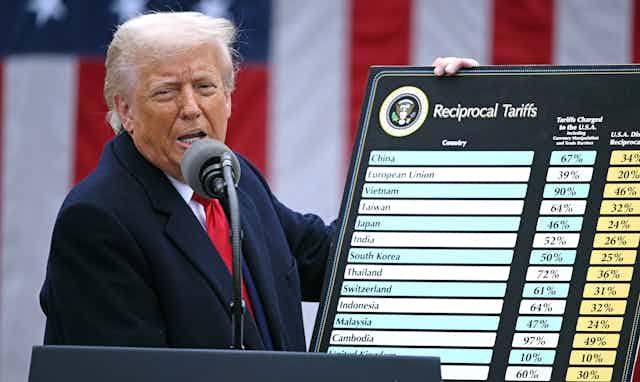
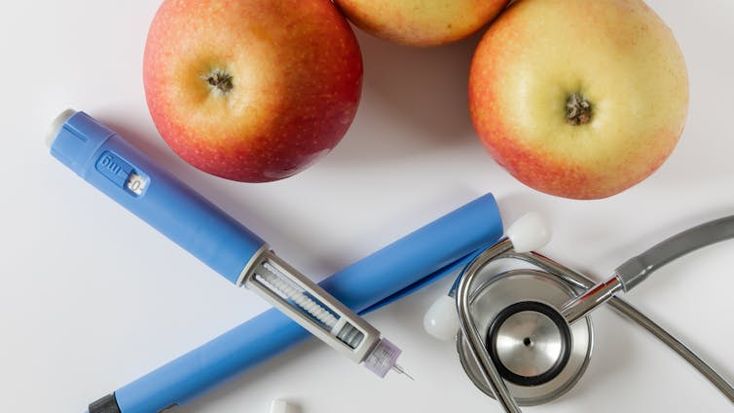
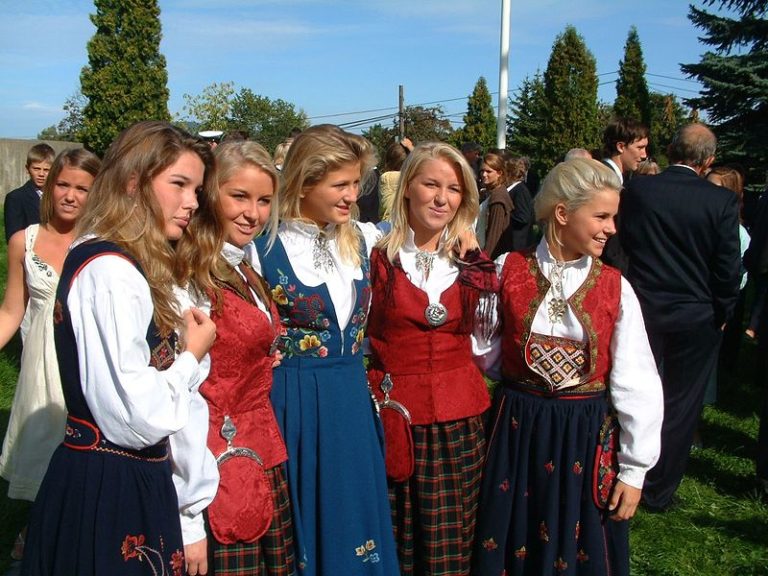
34 Comments
Pingback: เลือกแทงหวย ครบวงจร แทง LSM99
Pingback: buy magic mushrooms online Australia
Pingback: togel macau
Pingback: 토렌트
Pingback: modesta coating
Pingback: fake id card
Pingback: lsm99live
Pingback: ks lumina
Pingback: ฟันคัพ
Pingback: btm-1
Pingback: bonanza178
Pingback: blote tieten
Pingback: microdose mushroom chart,
Pingback: jarisakti
Pingback: Water Heater Plumbers Near Me
Pingback: ทัวร์โรงงานจีน
Pingback: เครื่องฉีดพลาสติก
Pingback: เช่ารถตู้พร้อมคนขับ
Pingback: ตู้ลำโพง
Pingback: runtz disposable vape pen 1000mg
Pingback: เว็บพนันเกาหลี
Pingback: dultogel gacor
Pingback: Scuba diving koh tao
Pingback: NFT-powered fitness apps for weight loss motivation
Pingback: links
Pingback: สล็อตเว็บตรง เกมลิขสิทธิ์แท้ เกมทำเงินสมัยใหม่
Pingback: สรุป akabet1112 VS lsm99bet
Pingback: som777
Pingback: แทงบอลออนไลน์เกาหลี
Pingback: การให้บริการลูกค้า เว็บไทเกอร์
Pingback: ไฟหน้ารถยนต์โปรเจคเตอร์
Pingback: Brians Club
Pingback: ตรวจสอบสลิปโอนเงิน
Pingback: รีเบต xm